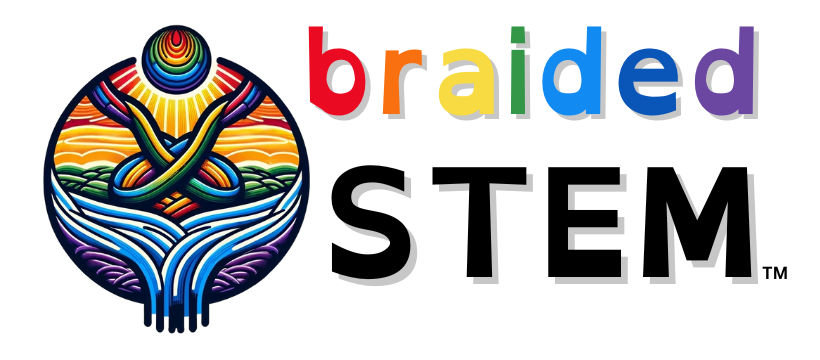High School
Rattle Writer
Build this Rattle Writer using just a pool noodle, electric toothbrush (found for $1 at dollar stores), a plastic knife, washable markers, rubber bands, googly eyes (optional but fun), paper, duct tape, and a ruler. Once you have built your Rattle Writer, let the engineering begin! Can you get it to draw a straight line?…
Read MoreOne Page Kite
Learning Objective Children will… • build and fly a kite using a piece of paper and other inexpensive materials. Key Question Can you make a kite from a single sheet of paper? (Lección disponible en inglés AQUÍ.) Materials Kite Template String (Baker’s Twine from Dollar Tree) Standard 1⁄4” hole punch Flexible Straw…
Read MoreAnt Wrangling – #SciencingAndEngineering with The STEMAZing Project
Teacher/Learning Coach Guide with Best Practices and Strategies for Engaging Students [Coming Soon!] Notice Phenomenon and Wonder Question Journal If you want to use this resource in Google Classroom, you can find a Google Slides version of the Notice Phenomenon and Wonder Question Journal here: Notice Phenomenon and Wonder Question Journal for Google Classroom…
Read MoreBernoulli’s Principle – #SciencingAndEngineering with @TheSTEMAZingPro
Student Video Teacher Talk Video Teacher/Learning Coach Guide with Best Practices and Strategies for Engaging Students Notice Phenomenon and Wonder Question Journal If you want to use this resource in Google Classroom, you can find a Google Slides version of the Notice Phenomenon and Wonder Question Journal here: Notice Phenomenon and Wonder Question Journal…
Read MoreSTEM Inventions
Fun and Easy STEM Projects for Kids Original DIY designs from truss bridges to rubber band race cars, helicopters and rockets. Explore 30 cools projects using craft sticks, masking tape, and more. For wheels and propellers, check out front dragster wheel and nose hook propeller from KELVIN Educational. We have done Zip Line Racer and…
Read MoreREAL Primary Colors (NOT red, yellow, and blue)
If you ask a physicist, “What are the primary colors?” They would ask you, “Are you talking about light or paint?” The answer is different for light and paint but beautifully connected. The REAL primary colors of paint are NOT red, yellow, and blue – as taught in school until you reach physics – but…
Read MorePQRST Sciencing Journal V4 (recently UPDATED)
The PQRST Sciencing Journal is the A-Z (or at least P-T) template for helping your students process a phenomenon, play to learn, identify variables, design an experiment, conduct experiment to collect data, make a claim supported by evidence with scientific reasoning to explain it, and then keep thinking in questions. There are three versions of…
Read MoreMatchbox Car PQRST
This powerful lesson will not only teach students how to identify variables, design a scientific experiment, collect data, make a CER (claim, evidence, and reasoning) based on their experiment, and continue thinking in questions, it will also teach them girls can do anything! Using the inspiring story of…
Read MoreREAL Primary Colors PQRST
How does your eye see a red apple? Explore this question using a phenomenon driven storyline to engage students in exploring how the eye works and how we create color using light and using pigments. And, for physics sake, please let the experiment with the REAL primary colors,…
Read MoreFinding Habitable Planets – Activity 4
In this activity, students will learn that stars have different properties, such as temperature, size, and lifespan. They will also learn that stellar properties determine the conditions for planets around them, hence affect which planets might be habitable.
Read More
